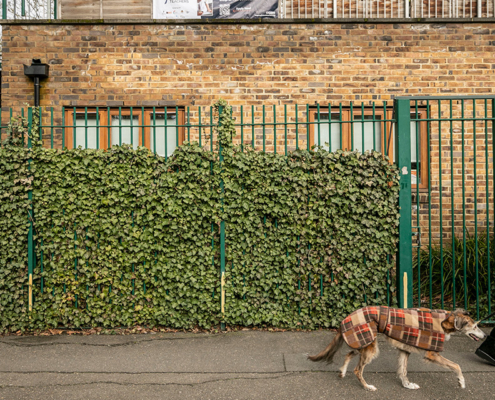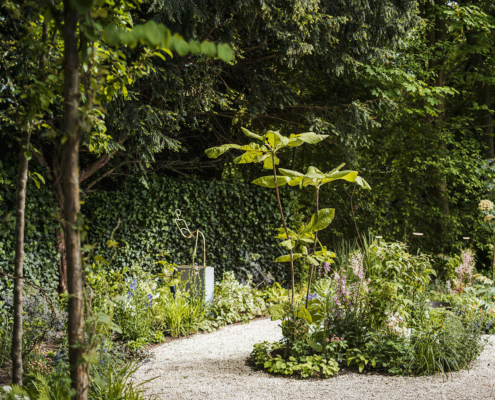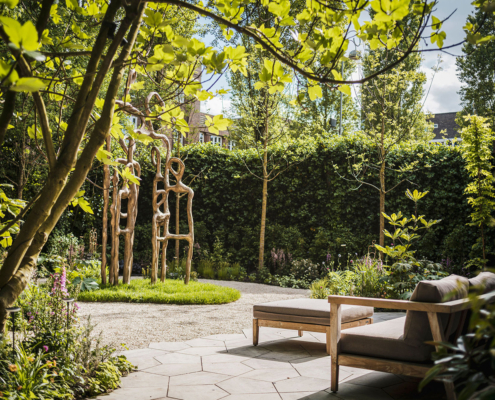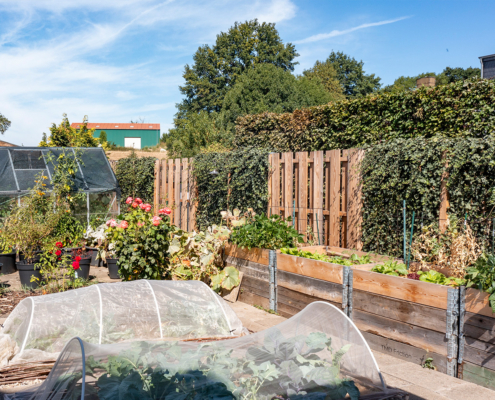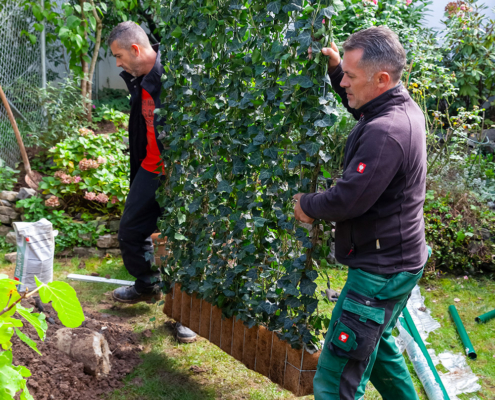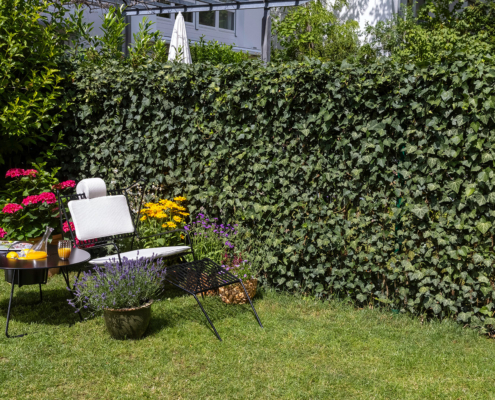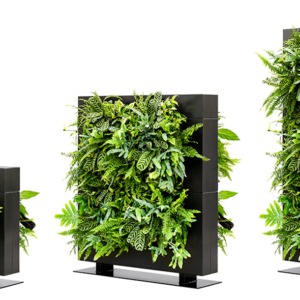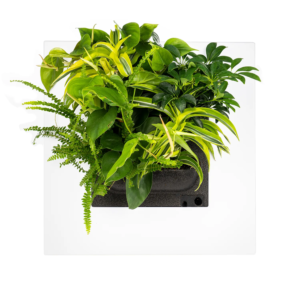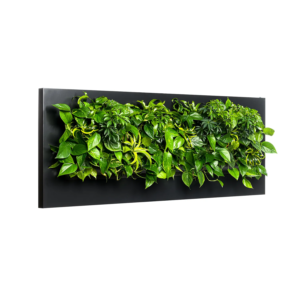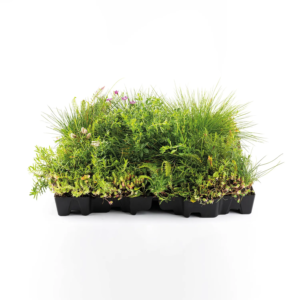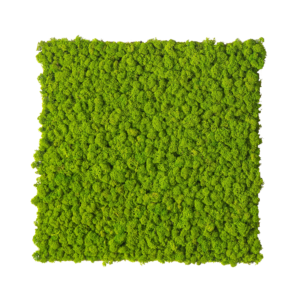Is ivy suitable for fencing?
Common ivy is an ideal choice for a green fence. This evergreen plant works well as a natural barrier, offering an aesthetically pleasing appearance all year round. Below, we will answer the most common questions and discuss the key aspects of growing ivy on a fence.
Advantages of ivy on a fence
Common ivy is a climber that grows quickly to form a dense and durable cover. Its greatest advantages are:
- Year-round aesthetics - ivy leaves remain green even in winter, making the fence look attractive whatever the season.
- Low maintenance - ivy does not require intensive care. Grows well in both sun and shade
- Resilience - it is frost resistant and recovers easily from frosts
How do you plant ivy next to a fence?
The best time to plant ivy is in spring (April) or autumn (until November). It is important that the planting spacing is between 30 and 100 cm to allow the plant to grow freely.
- Substrate - Ivy prefers moderately moist and permeable soils, avoiding acidic soils.
- Care - the plant should be watered regularly and fertilised during dry periods, and should be shaped to quickly overgrow the fence
How long does it take for ivy to grow around a fence?
Ivy takes about 3 years to fully cover a fence. For those who want a faster green wall effect, we recommend ready-made live ivy panels, which give an immediate result.
Yes, ivy is a very hardy plant. It tolerates frost, drought and strong winds well. This makes it a popular choice in both urban and suburban areas.
Ivy for the fence - welcome to cooperation
Common ivy is an excellent option for a natural fence that is aesthetically pleasing, durable and easy to maintain. If you are looking for a solution that will effectively separate your property from neighbours or the street, ivy will be the perfect choice.
A green ivy fence is not only a beautiful garden feature, but also a practical protection from prying eyes and the weather.

